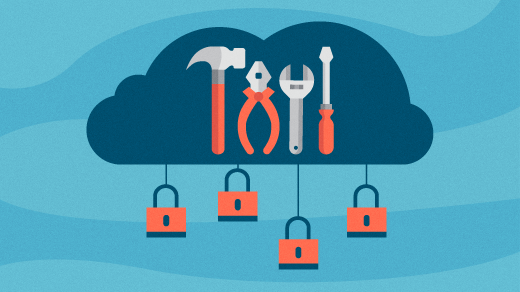As the movement to migrate enterprise data to the cloud gathers steam, there is an active debate on the best approach to securing and protecting it. But before we talk about the details of the various access control frameworks, let us first understand the breadth of challenges a company faces when it begins migrating its data to the cloud. First and foremost is the wide array of storage and analysis or compute services offered by cloud and third-party providers. In other words, when a company decides to move its data to the cloud, it needs to decide the type of repository in which it is going to store its data.
Each cloud company offers many different data stores, and there are a dozen different services to analyze data once it has been migrated to the cloud. Then there are cloud-native third-party services to allow data science platforms and data warehouses to operate as part of the leading public cloud infrastructure. Each of these services offers a unique mechanism by which to administer access to data consumers such as data analysts and scientists in the organization.
If you think this is beginning to sound a lot like Hadoop-based data lakes, you’re right. Needless to say, this places a very heavy burden on the administrators that have to make data widely available in the organization and comply with privacy and industry regulations such as California Consumer Privacy Act (CCPA), General Data Protection Regulation (GDPR), and Health Insurance Portability and Accountability Act (HIPAA) at the same time.
#data-science
